Hey Engineer, In this article, I will be discussing Piston in which Definition, Components or Main Parts, Types, Material, Function, and Property.
Note: You can download whole article PDF version at the end.
Definition of Piston:
A piston is a disc that reciprocates (up and down) inside the cylinder. At the time of the combustion process of the engine, the energy that comes out of the expanding process, transfers that energy into mechanical energy. The piston moves either due to the fuel-air mixture inside the cylinder that has been combusted, or the piston moves due to the fuel-air mixture being compressed.
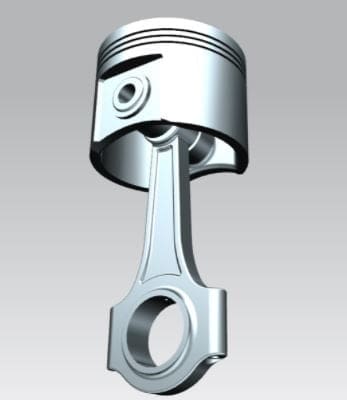
The piston is fitted in the cylinder of the engine. It is connected to the connecting rod by the piston pin and the connecting rod is connected by the crankshaft.
Piston Components or Parts:
There are total nine parts of Piston assembly which are:
- Piston Rings
- Piston Head or Crown
- Piston ring grooves
- Piston skirt
- Piston pin
- Connecting rod
- Bolt
- Connecting rod bearing and
- Cap
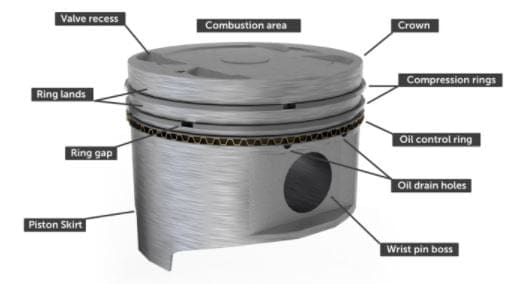
1. Piston Rings:
Piston rings are a very important component. The combustion gas that is released at the time of the engine’s combustion process should not bypass the piston, and the friction is the least we can use the ring around the piston. The rings are provided by sealing between the piston and the cylinder valve.
The Material of rings is cast iron and alloy cast iron.
Types of Piston rings:
There are two types of piston rings:
- Compressor Ring and
- Oil Controller Ring
Compressor Ring (Pressure Ring): The compressor ring is inserted into the top grooves of the piston. The job of the compressor ring is to transfer heat from the piston to the cylinder liner. There is also a side thrust over the piston, which causes fluctuations, the compressor ring is used to work it out.
Oil Controller ring: The oil controller ring is placed under the compressor ring. This ensures that the proper lubrication is maintained between the piston and the cylinder. And If there is access lubrication inside the cylinder, then it also works to scrap it.
2. Piston head or piston crown:
The piston crown is above the piston, due to its location, the piston crown in counter very high pressure and temperature. The piston crown that is used in the timing of the confinement process, the pigment which escapes from the gas exhaust, helps it out of the engine.
3. Piston ring grooves:
It consists of grooves above the piston, which employs rings.
4. Piston skirt:
The piston skirt is the cylindrical valve of the piston. Piston skirts are made slightly rough at the time of manufacturing So that it can retain lubrication and also resist thrust.
Thrust arises due to expansion stroke. The higher the piston length, the higher will be the skirt. This will give us a better bearing surface in the piston which will not make much engine noise. But we will not increase the piston’s length too much, otherwise, its mass will increase and the inertia will also increase.
5. Piston pin:
It is also called a gudgeon pin. The pin is used to connect the piston and connecting rod. Harder steel is used as a material.
6. Connecting rod:
The connecting rod connects the piston to the crankshaft, and this is functions as a liver arm and transfers motion from the piston to the crankshaft.
The connecting rod is made of cast aluminum alloy. And it is designed in such a way that it can withstand the dynamic stresses of the combustion and piston movement.
7. Bolt
The bolt is used to connect the clamp and connecting road.
8. Connecting rod bearing
The bearing is installed in two parts and together they form a complete circle. Bearing is installed between the connecting rod and the crank pin.
9. Cap
The cap is the lower part of the piston assembly. The cap is the lower half of the connecting rod which forms the house for bearing the connecting rod.
So these were all assemblies in which each component together would complete the assembly.
Piston Material:
- Cast iron
- Cast aluminium
- Forged aluminium
- Cast steel
- Forged steel
Highlighted Points:
- In an engine in which the piston speed is low, it is made of cast-iron.
- Aluminum alloy pistons are used in engines where the piston speed is high.
- The aluminum alloy has good conductivity, so the heat dissipates are good, it performs better heat-transfer.
Piston Function:
The main function or work of the piston is to transfer energy by receiving the impulse that is being generated from the gas inside the cylinder and transfer the energy from the connecting rod to the crankshaft.
Another function is due to the combustion of the mixture of gas which is generating the heat, the piston works to dissipate that heat in the engine cylinder valve.
Process takes four steps in Engine:
- Firstly in the suction stroke, it moves from TDC to BDC, then a vacuum is created in the cylinder which brings the fresh charge inside the cylinder.
- The fresh charge is compressed by the piston itself during the compressor stroke, which increases the pressure-temperature of the fresh charge.
- Fuel-burning in the power stroke causes the piston to be pressurized from the extra pressure causing the piston to move from TDC to BDC and transfer its power to the crankshaft via a connecting rod.
- The exhaust stroke pushes the burnt gases of the piston in which the exhaust gas exits the cylinder.
It Performs some other work also:
- Helps seal the combustion chamber with the help of a ring.
- Serves as the guide work for the connecting road.
Piston Types:
- According to a piston head or Crown design: Flat, Dome type, Concave type, and Irregular head type Piston.
- According to skirt design: Solid skirt, Split skirt, Slotted, or Constant clearance piston.
- On the basis of shape and application: Slipper type, Steel inserted, Steel belted, Cam Ground, Alfinz type, and Heat type piston.
According to Piston Head:
Flat type: In this, the shape of the piston head is flat.
Dome type: In this, the middle part of the head is raised.
Concave type: It has a cavity inside.
Irregular head type: This includes the design of the head Irregular according to design requirements.
According to skirt design:
Solid skirt: If there is no cutting or mark in a skirt, we call it a solid skirt. It is used in a diesel engine where foot thrust and load are high and power is very high.
Split skirt: The split skirt is used in 2 strokes or older engines, it has a slotted cut inside, so it is called a split skirt.
Slotted skirt: It is like a normal but the slot is sliced.
It is cut into T-shape or L-shape
On the basis of shape and application:
1. Slipper type:
Sleeper pistons are used in every speed engine nowadays, in which the weight is high. It has two parts, one side is attached to the gudgeon pin which is fixed, and the other side keeps the piston moving.
The side that remains fixed is called non-thrust, which means it does not feel thrust and the opposite side is called the thrust side. It is on the thrust side acts as a guide, so to reduce the weight, it cuts the piston slightly from one side to the middle, thereby creating less inertia.
2. Steel inserted type:
It is used in a heavy engine. There is a possibility of damage due to excessive power generation, So to reduce the damage of the piston, we insert a sleeve made of steel in it.
3. Steel belted:
In this we do it as a steel ring belt.
4. Cam ground:
The CAM ground is of oval shape, not fully rounded.
5. Alfinz type:
The ring that is cut into the slot, is inserted into the slot in special design steel inside the ring group.
6. Heat Dam:
The ring groves which is cuts off another groves cut on top of it, it is thinner. Its advantages are that when there is a blast in the top side, the heat is high, that prevents the heat from coming down.
Properties of Good Piston
- It Must be strong: In a power stroke, the piston has to bear high temperature and high pressure, the temperature at the time of power stroke is from 2000 centigrade to 2500 centigrade. And pressure also means 100 times, area foot of 1 square centimeter is equal to about 100 kg of pressure.
- It should be lightweight: Because it has to keep on moving continuously from TDC to BDC.
- Heat expansion must be reduced.
Piston Working Videos:
Related Articles:
Lubrication System
Battery Ignition System
Magneto Ignition System
Connecting Rod
I have also written an SI engine vs CI Engine in detail. Do check out this one also.
So here we finally studied in detail. If you have any query do let me know in the comment box. And also do let me know what else topic you are looking for?.

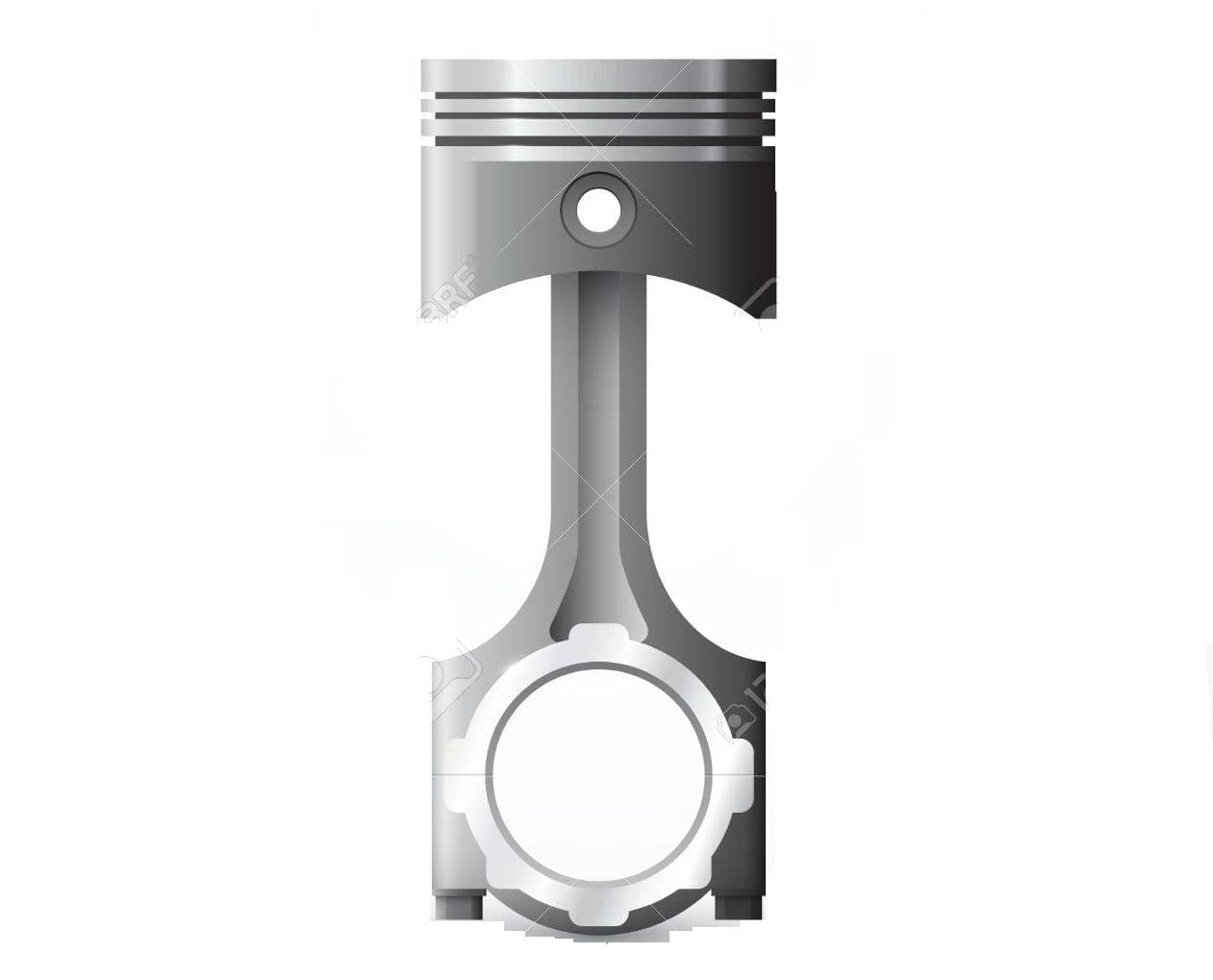

![Different Types of Measuring Tools and their Uses [Notes & PDF] Feature Image of Types of Measuring Tools](https://themechanicalengineering.com/wp-content/uploads/2023/01/Feature-Image-of-Types-of-Measuring-Tools-300x171.jpg)
![Steel: Properties, Different Types and Applications [Notes & PDF] Feature Image of Steel](https://themechanicalengineering.com/wp-content/uploads/2023/01/Feature-Image-of-Steel-300x168.jpg)
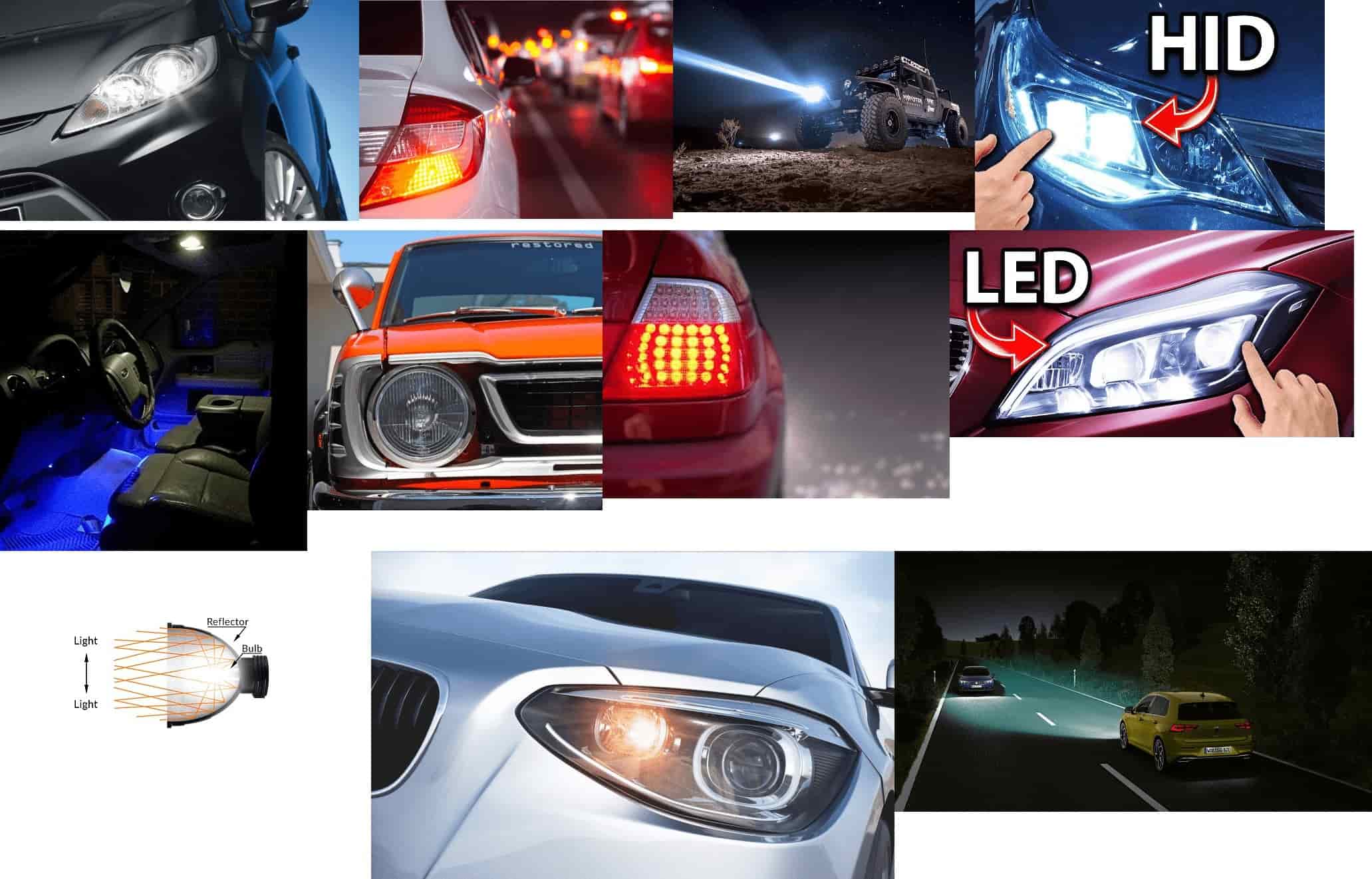
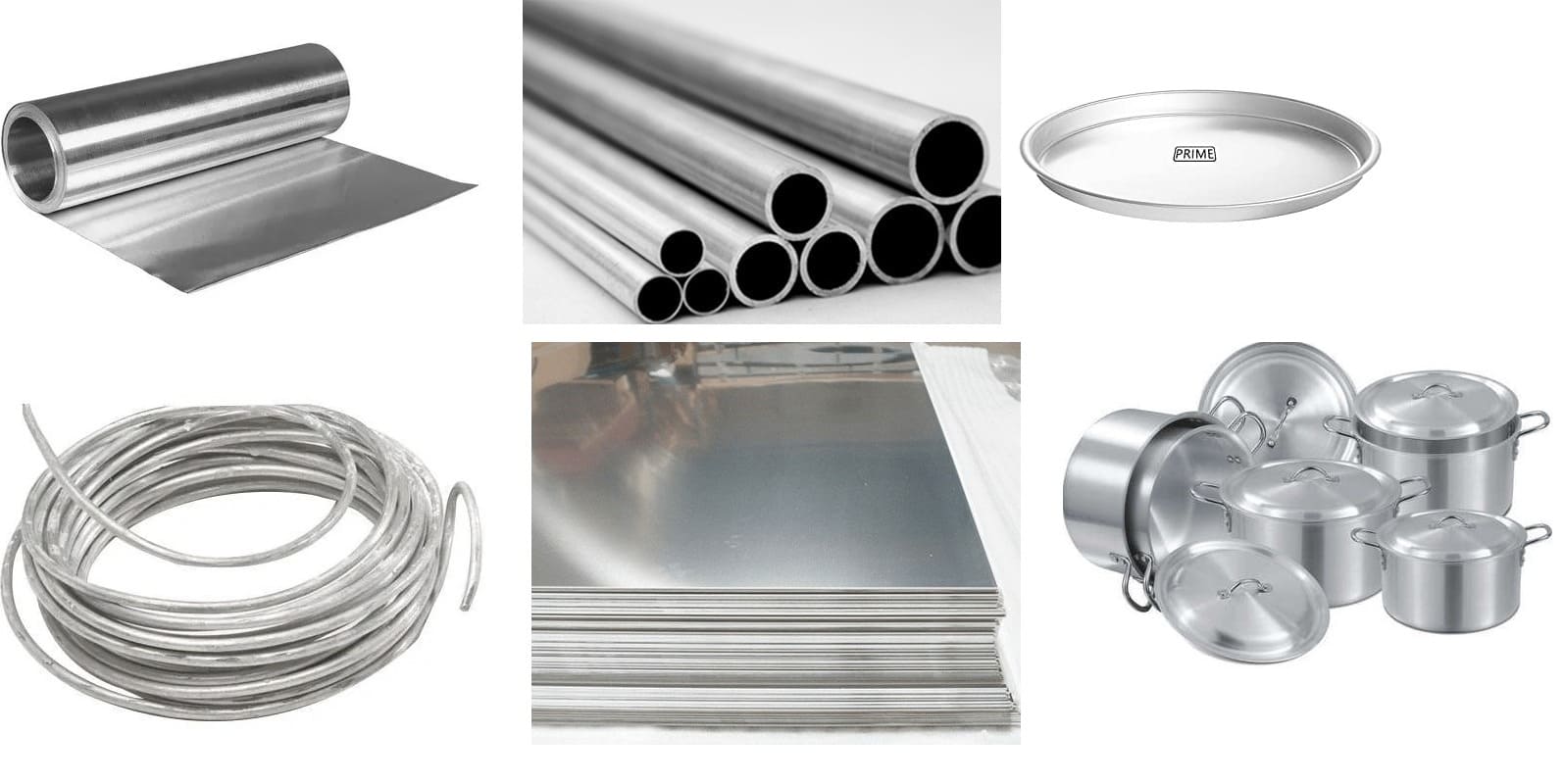
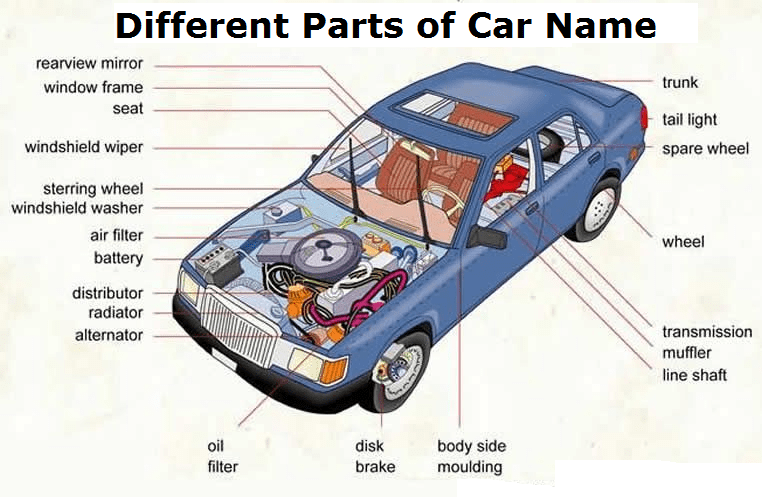
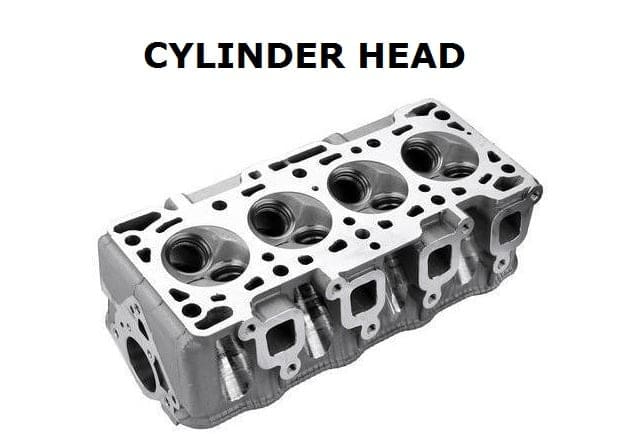
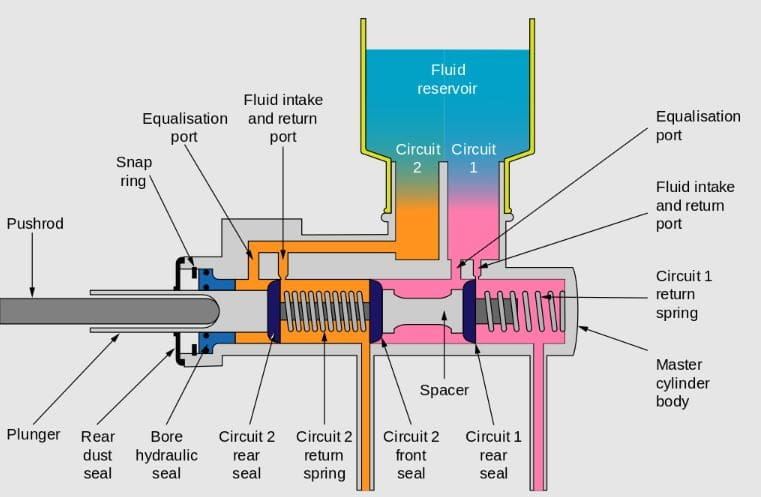
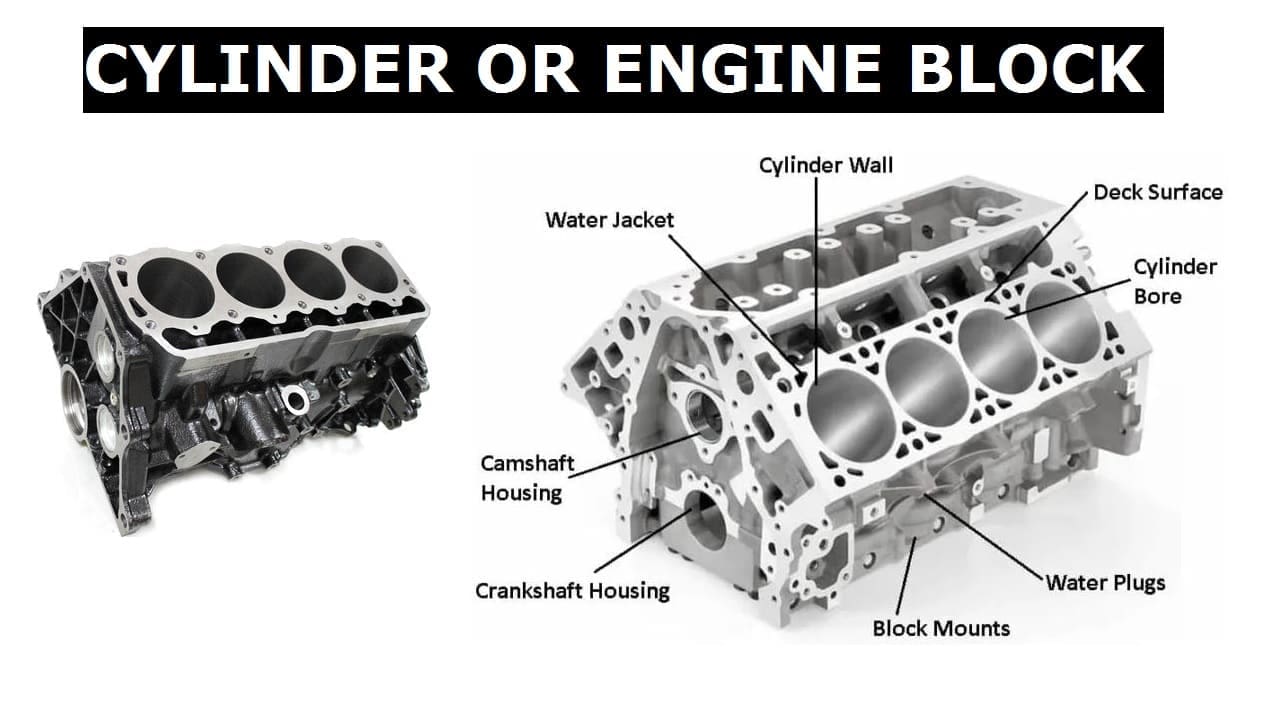
Discussion about this post